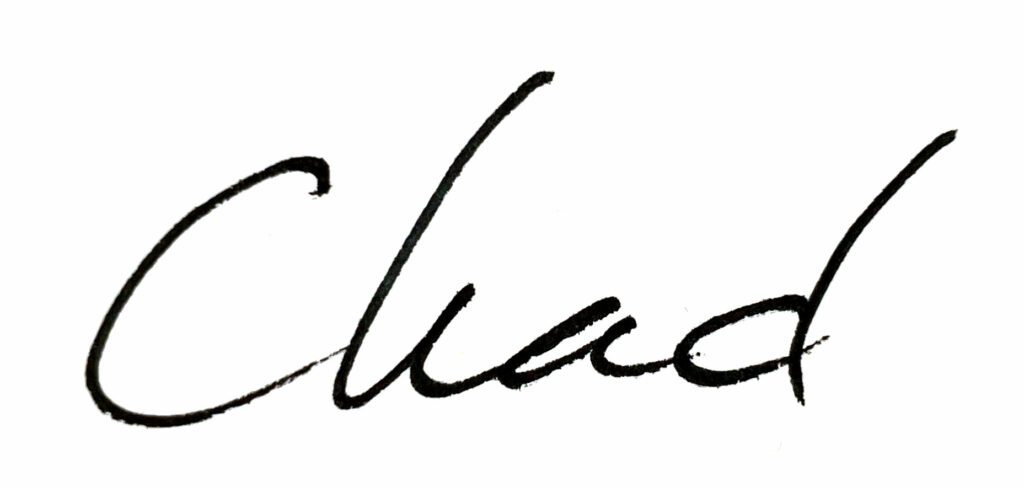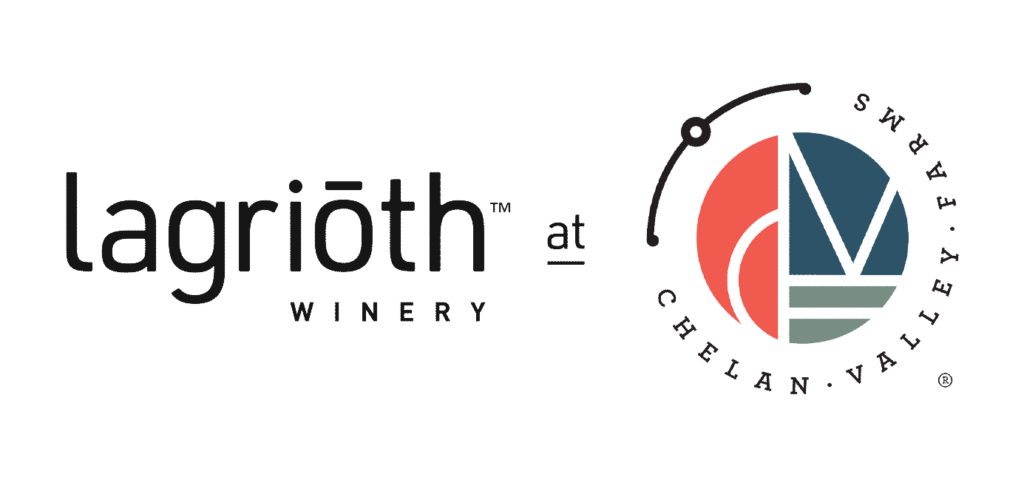Maybe discovered by accident, wine is something we’ve consumed for thousands of years. Grapevine plants or cuttings have been passed down for centuries.
by Chad Steiner
I am super excited about this week’s blog post. We’ve written about bottling at Lagriōth Winery before (here), so I had to dig deep to make this one interesting. Where does “one” go to dig deep on wine… well for us its Jancis Robinson and team. The Oxford Companion to Wine, 5th Edition is my go-to (herein referred to as OCW4Edition, since that’s the one we keep in the tasting room). Side note, it’s an incredible one to keep around if you’re wanting to look anything “wine” up. Early into my research it hit me… wow, for a wine to make it into your bottle it’s literally because of 1. Vegetative Propagation (the history of the grape vine – mainly Vitus Vinifera, 99% of wine today), 2. Necessity and Luck. All together it’s a miracle. Miraculously, wine we drink today came from vines growing 1,000’s of years ago – an unbroken chain of live plant material.
“In wine there is wisdom
In beer there is freedom
In water there is bacteria”
Benjamin Franklin
What exactly is vegetative propagation? It’s generally easier to think of plants growing from seed. Vegetative propagation is taking live plant material – possibly a dormant/asleep cutting or green cutting and making another plant from it. The new plant is an exact replica. Seeds on the other hand require “the birds and the bee’s” and produce a totally new offspring. All modern vineyards and orchards are planted using “vegetative propagation. In today’s blog about bottling, it MEANS – for example – the Pinot Noir vines that grew the grapes to make our 2024 Pinot Noir Rosé are part of an unbroken chain. An unbroken chain of live plant material going back what is estimated at least 1,800 years. Holy cow, this bottling has been a long time in the making.
Ok, now we’ve got that down, let’s dive into the history, or the necessity and luck part. It appears humans first interactions with the grape vine would have been in the coastal mountains of Lebanon (OCW4Edition, page 526). Think 60,000 years ago. But something important to consider is the discovery of fermentation. New to me was OCW4Edition’s (page 526) reference to the: “ ‘Drunken Monkey Hypothesis’: fruit was piled into a primitive container, juice was exuded from grapes near the bottom of the container under the weight of the fruit above and, depending on its ripeness, fermentation of this liquid (the ideal, nutritious medium) would be initiated by yeast on the skins of some of the grapes in a warm climate in several days. Reaching the bottom of the container, our ancestors would have been amazed by the aromatic and mildly intoxicating beverage that was produced.” This was all at a time when orange juice, Pellegrino and/or coca cola weren’t an option. Can you imagine the excitement of this discovery (luck). A beverage to consume other than water (which could be unsafe – i.e. necessity). Some fun tidbits from OCW4Edition – it is said the Ethiopians recognized the superiority of the Persian’s by one single thing – they have wine. This had to be the start of “wine tasting”! If your neighbors batch tasted better than yours, you bet you were trying to find out what they did. It was during this time – maybe 9,500 B.C. and furthered with the invention of pottery in 6,000 B.C. that we see the movement and sorting out of grape vines (via vegetative propagation) take place. Ok, does this help relate how fascinating it is to think of all the years of plant material, aka cuttings being passed around the world – all to get this week’s wine into bottle on the bottling truck???
Now back to reality. Bottling really is an emotional build up. Goal is to deliver each of you a great product you’ll build memories around and create connections. From pruning, to shoot thinning, to organic sprays for mildew, harvest, pressing, fermentations, aging, then cold stabilizing, on to filtering (happened this week), then into the bottle. We take a humongous sigh of relief when these wines make it safely into the bottle. SO – label’s will be here tonight (yep, down to the wire), glass is here, cork is here, the Signature truck just pulled in and at 6 am tomorrow (Friday) we’ll kick things off. We can’t wait to bring these boutique, Chad, Jeana, the Steiner boys and so many friends and family – Sustainable WA® produced wines to YOU!
Here’s the line up:
- 2024 Clos Chevalle Pinot Noir Rosé
- 2024 V75 Vineyard, Cabernet Sauvignon Rosé
- 2024 Estate Chardonnay
- 2024 Fumé Blanc
- 2022 Columbia Valley Cabernet
- 2022 Denny’s Red Blend
Next time you raise a glass – maybe you’ll imagine folks for 1,000’s of years doing the same thing. Even Jesus first miracle turned water into wine – and it sounds like it was a 100 pointer.
Cheers,





I just love how you convey your message in layman’s terms for interested people like me. Thanks for that.
Thanks Karen. It’s been great to discover a love for writing and trying to share all this stuff 🙂 have a fantastic weekend!
Thanks Professor Chad-that was a fun read! Didn’t Ben Franklin also say “wine is constant proof that God loves us?”
I love that one. Ben Franklin was a heck of a guy. Hope you’re doing fantastic Ken. Still running?